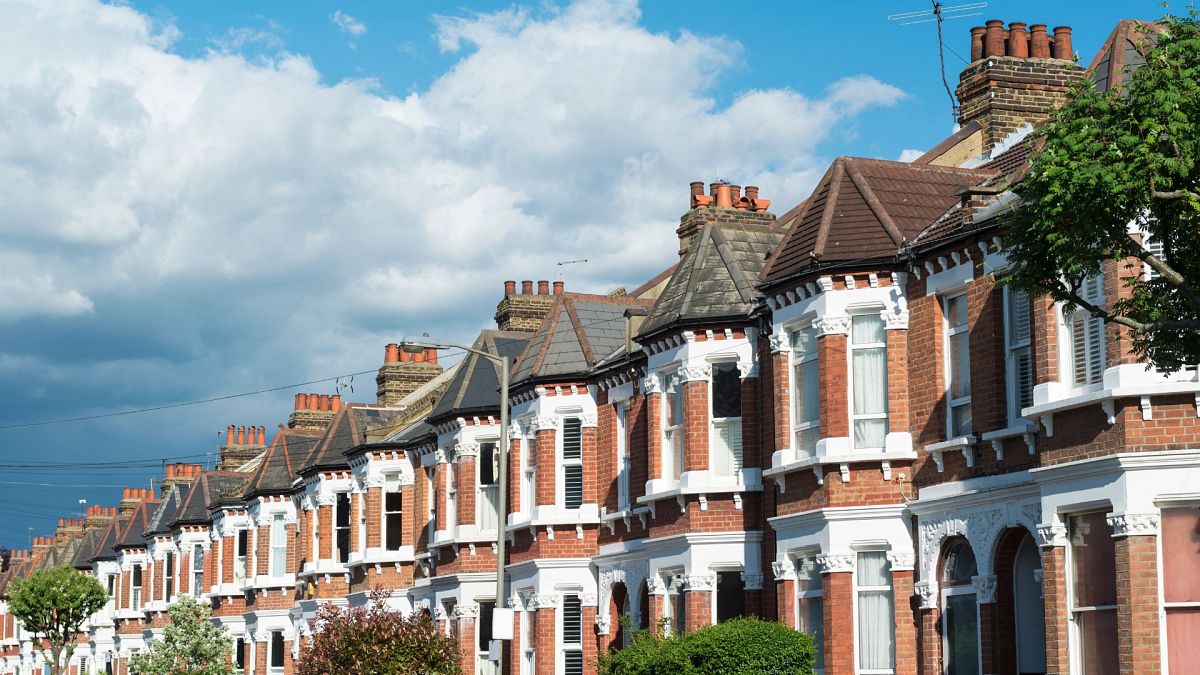UK house prices edged up slightly to 3.5% on an annual basis in May, up from 3.4% in April, according to Nationwide’s latest House Price Index report. This was ahead of analyst estimates of 2.9%, pointing to a still-resilient UK housing market, despite cost challenges following stamp duty threshold decreases at the start of April.
On a month-on-month basis, UK house prices jumped 0.5% in May, bouncing back from a -0.6% fall in April. This was more than the 0.1% increase expected by the market as well.
The average UK house price was £273,427 (€324,232.5) in May, up from £270,752 (€321,053.7) in April.
Nationwide’s chief economist, Robert Gardner, said in the May house price index report on the company’s website: “Official data confirmed that there was a significant jump in residential property transactions in March, with buyers bringing forward their purchases to avoid additional stamp duty costs.
“Owner occupier house purchase completions were around twice as high as usual and the highest since June 2021, which was also impacted by stamp duty changes.”
He also noted that mortgage approval data suggests market activity has remained resilient following the end of the stamp duty holiday, with underlying UK housing market conditions staying robust despite broader global economic volatility
Alice Haine, personal finance analyst at online investment platform Bestinvest by Evelyn Partners, said in an email note to Euronews: “While some buyers are clearly pushing ahead with their purchase journey, others may now be mulling their options more carefully as higher costs pose a fresh challenge. Lower stamp duty thresholds have the biggest impact on first-time buyers as they must now save enough to cover a potentially sizable tax bill in addition to their deposit.”
She noted that this may encourage lenders to offer 100% mortgages to help first-time buyers get started on the property ladder, especially as several loan providers have already relaxed their requirements in an effort to draw more clients.
Falling interest rates as the Bank of England loosens monetary policy somewhat has also helped borrowing conditions, although sticky-high inflation may slow progress. Businesses passing on higher employment costs to consumers, mainly because of changing US tariff conditions, could impact the housing market as well.
“Uncertainty is becoming the new normal and for many first-time buyers or home movers looking to refinance their existing mortgage soon, it may be better to push ahead with a purchase rather than wait for the ideal borrowing conditions,” Haine noted.
“Plus, the traditional surge in listings at this time of year is a positive buyers can take advantage of, as a wider stock of homes to choose from raises the potential for heavier negotiation on price,” she added.
Rural house prices continue rising
According to a recent special report by Nationwide, average house prices in mainly rural areas have continued to grow faster than more urban areas, rising 23% between December 2019 and December 2024. This is compared to an 18% increase in mainly urban areas.
Nationwide’s chief economist, Robert Gardner, highlighted: “The pandemic had a significant impact on housing demand during 2021 and 2022, with a shift in preferences towards more rural areas, particularly amongst older age groups. Whilst these effects have now faded, less urban areas have continued to hold the edge in terms of house price growth.”
The report also revealed that among house owners who have moved in the last five years, 63% moved within the same type of area, mainly between large towns or cities. 9% of homeowners moved to rural areas such as hamlets or villages from towns and cities, whereas 7% did the opposite.
Perhaps unsurprisingly, younger movers between the ages of 25 and 34 preferred to move to more urban localities, whereas older people, especially above 55 moved to more rural places.

